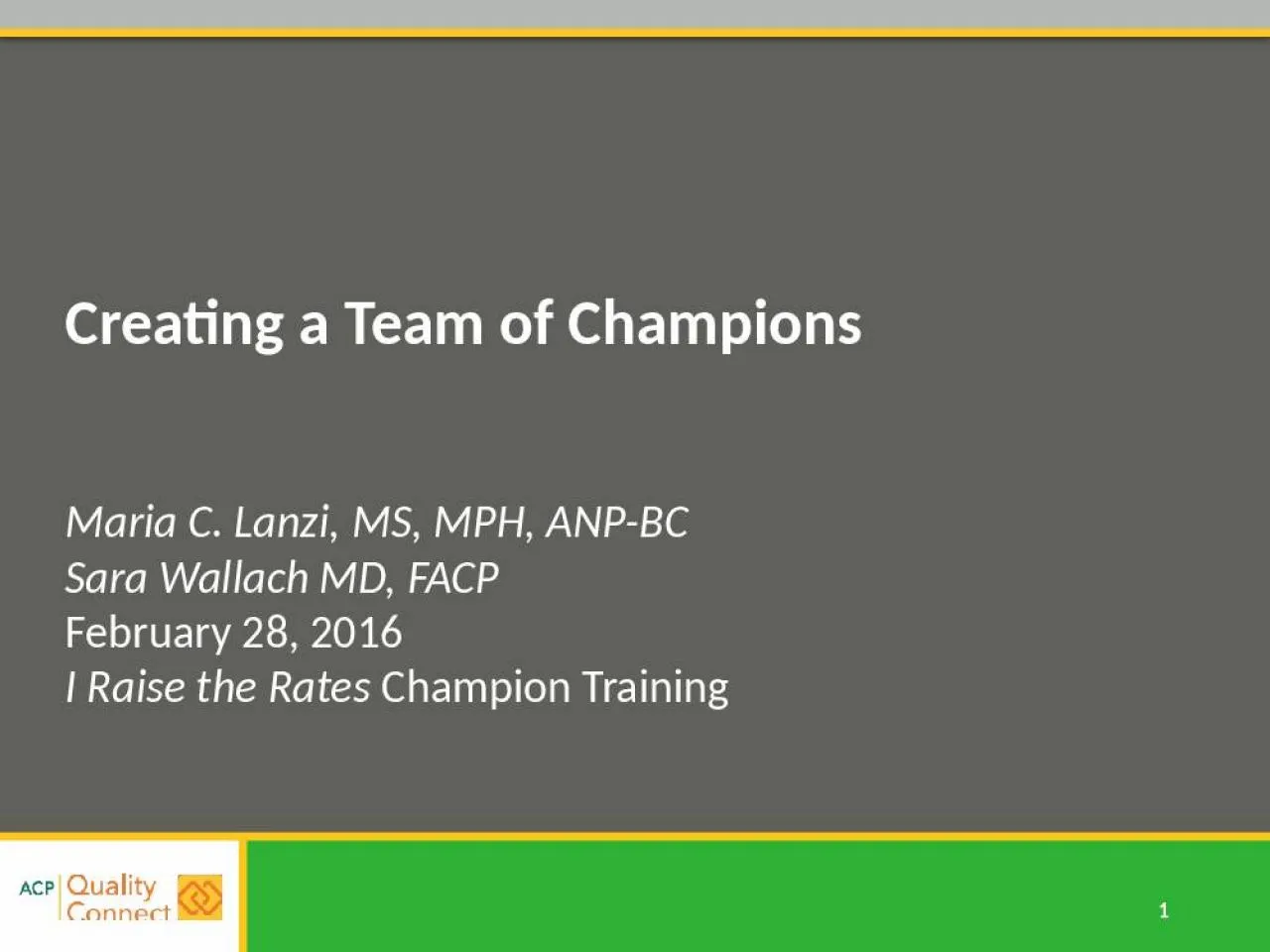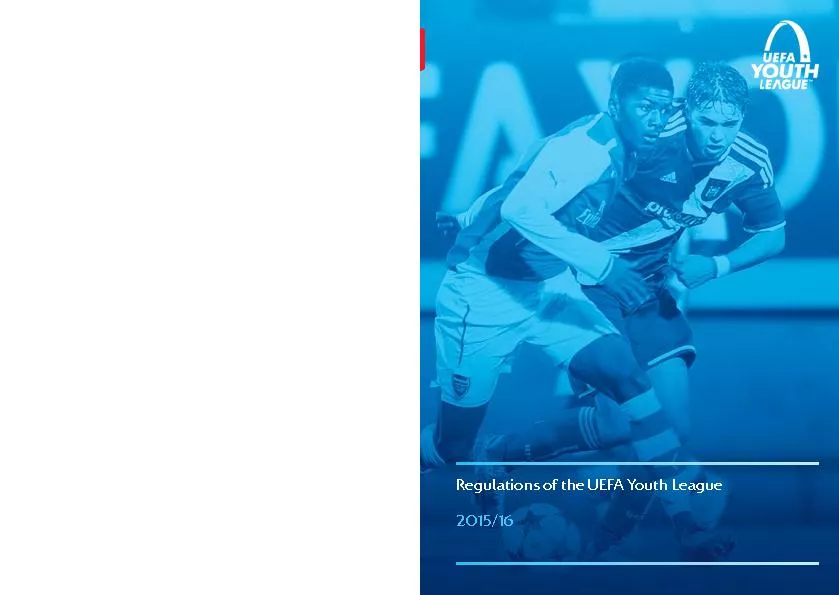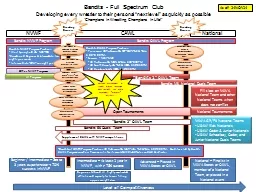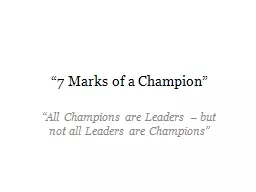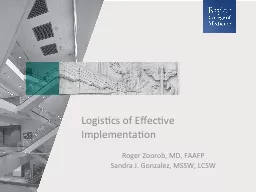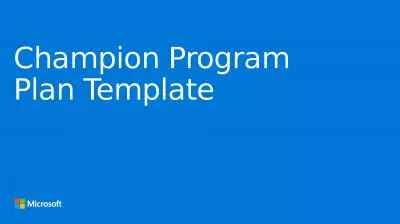PPT-Creating a Team of Champions
Author : payton | Published Date : 2022-02-10
Maria C Lanzi MS MPH ANPBC Sara Wallach MD FACP February 28 2016 I Raise the Rates Champion Training Sir William Osler July 12 1849 December 29 1919 In
Presentation Embed Code
Download Presentation
Download Presentation The PPT/PDF document "Creating a Team of Champions" is the property of its rightful owner. Permission is granted to download and print the materials on this website for personal, non-commercial use only, and to display it on your personal computer provided you do not modify the materials and that you retain all copyright notices contained in the materials. By downloading content from our website, you accept the terms of this agreement.
Creating a Team of Champions: Transcript
Download Rules Of Document
"Creating a Team of Champions"The content belongs to its owner. You may download and print it for personal use, without modification, and keep all copyright notices. By downloading, you agree to these terms.
Related Documents

